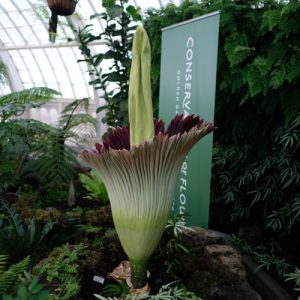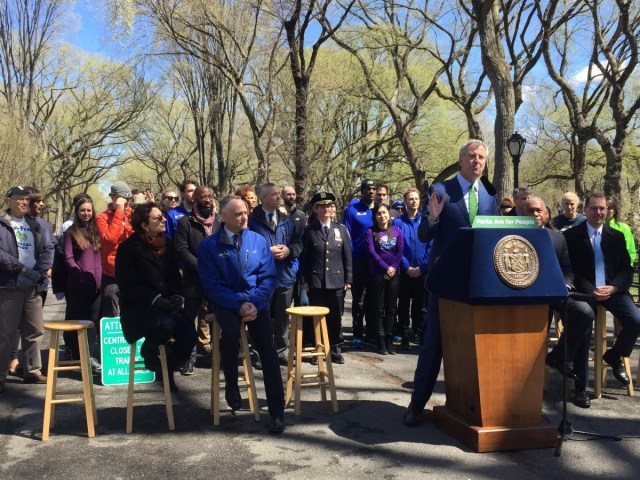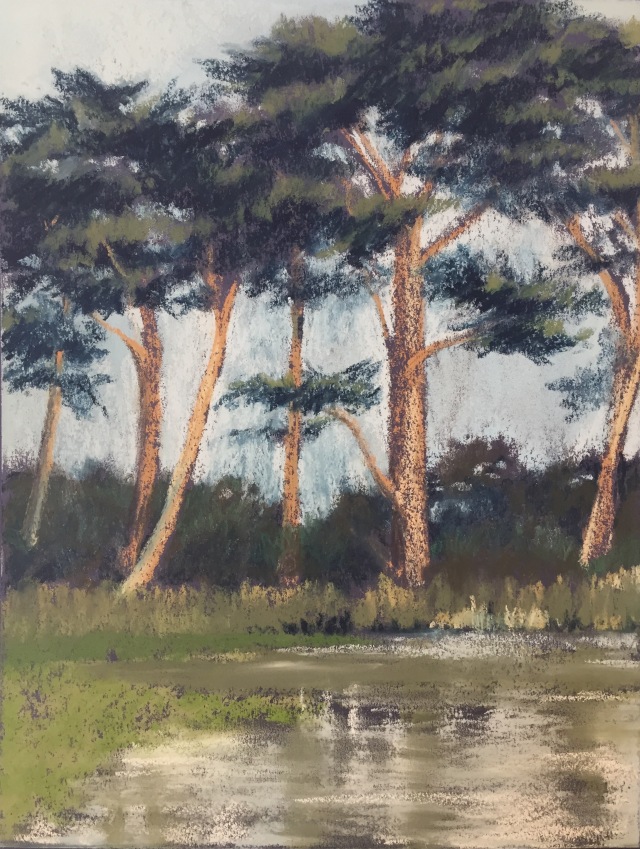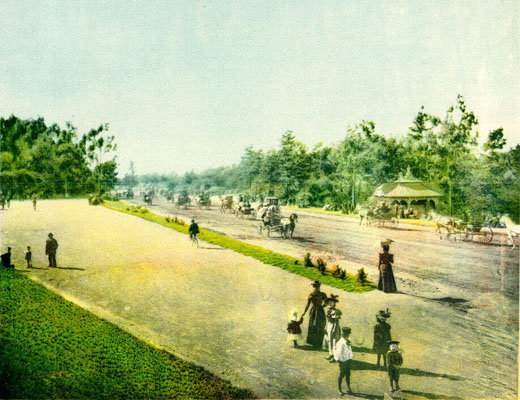 The sprawling lawns of Golden Gate Park and two major San Francisco golf courses are very thirsty places, and in the coming years, recycled wastewater will satisfy that thirst, thanks to a new treatment plant being built by the city’s water agency. On Wednesday, the San Francisco Public Utilities Commission will begin construction on the plant that, when completed, will pump around 1.6 million gallons of treated wastewater each day to sprinklers dotting Golden Gate Park, Lincoln Park Golf Course and the Presidio Golf Course.
The sprawling lawns of Golden Gate Park and two major San Francisco golf courses are very thirsty places, and in the coming years, recycled wastewater will satisfy that thirst, thanks to a new treatment plant being built by the city’s water agency. On Wednesday, the San Francisco Public Utilities Commission will begin construction on the plant that, when completed, will pump around 1.6 million gallons of treated wastewater each day to sprinklers dotting Golden Gate Park, Lincoln Park Golf Course and the Presidio Golf Course.
Those lush locales are now irrigated with drinking water — hundreds of millions of gallons each year that the city will soon be able to conserve, substantially adding to the store of drinkable water that can be tapped in the event of a natural disaster or other major emergency.
“What we’re really trying to focus on is getting the right water for the right uses,” said Steven Ritchie, assistant general manager for the SFPUC’s water division. “This is the first serious use of wastewater by San Franciscans for irrigation in decades,” he said.
Similar wastewater recycling projects have sprung up across the state as cities and intensive agricultural operations look to diversify their water sources.
“Recycling is really where the next big batch of water resilience and security is going to come from in urban parts of California,” said Felicia Marcus, chair of the State Water Resources Control Board. “It’s a very high priority,” she said, adding that the state has disbursed over $1 billion in low-cost loans and grants “to take water recycling projects from the drawing boards and getting them going on the ground.”
The new plant, scheduled to be completed by 2021, will cost around $214 million with $186 million of that from a low-interest loan the city secured from the state, Ritchie said.
Golden Gate Park, the city’s largest park, will receive most of the reclaimed water. Phil Ginsburg, general manager of San Francisco’s Recreation and Park Department, said the 1,000-acre park uses about 400 million gallons of water each year, including on its nine-hole golf course.
“I think the last half-decade or so has taught us what a precious resource water is, and it’s our shared mission with the PUC to do all we can to conserve it,” Ginsburg said.
Ritchie said the SFPUC is still working out a contractual agreement with the Presidio Trust, which oversees the Presidio Golf Club, to arrange for the water’s delivery there.
The new facility will be built adjacent to the SFPUC’s Oceanside Treatment Plant on San Francisco’s west side, which processes an average of 17 million gallons of wastewater and storm water each day, or about 20 percent of the city’s total. San Francisco is unique among coastal cities in California in that it relies on a combined sewer system that captures and treats wastewater and storm water using the same set of pipes. The bulk of the city’s wastewater and storm runoff — about 80 percent — is treated at the Southeast Treatment Plant, located in the Bayview.
The new plant will capture some of the water treated at the Oceanside plant that would ordinarily be discharged into the Pacific Ocean. At the new plant, the recaptured water will first undergo intensive filtration and pressurized purification to eliminate bacteria, organic particles and unwanted chemicals. It will then be disinfected with ultraviolet light.
The SFPUC has already laid most of the roughly 8 miles of new pipeline, mostly along 34th and 36th avenues and through the center of Golden Gate Park, that will convey the recycled water to its destinations. The agency also plans to build an 840,000-gallon underground reservoir at the park, along with a pumping station that will push water north toward the golf courses.
Both the reservoir and pump station will be built in a maintenance yard inaccessible to the public, and the city anticipates no recreational space will be lost during or after construction.
The recycled wastewater will exceed the state’s health regulations, according to the SFPUC, and the water will pose no danger to pets or wildlife.
“It’s not going into water fountains or sinks,” Ginsburg said, “but it’s clean and safe and appropriate for park landscapes.”
Source: S.F. breaking ground on wastewater recycling plant













